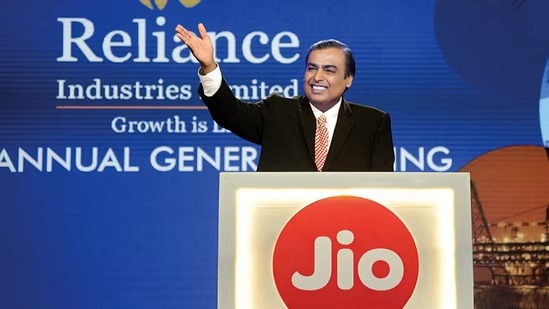Badar Durrez Ahmed, J.@mdashThis is an appeal filed by the revenue in respect of the assessment year 1991-92 and is directed against the order dated 15-2-2006 passed by the Income Tax Appellate Tribunal in ITA No. 4787/Delhi/2003. The impugned order is a composite order in respect of the assessment years 1991-92, 1992-93 and 1993-94. Separate appeals have been filed in respect of each of the assessment years. In the present appeal we are only concerned with the assessment year 1991-92.
2. The only issue that arises for consideration in this appeal is with regard to the validity of the reassessment proceedings u/s 147 of Income Tax Act, 1961 (hereinafter referred to as ''the said Act''). Since the reassessment was done admittedly after a period of four years of the completion of the assessment u/s 143(3), the proviso to Section 147 would be applicable.
3. It is clear that in view of the said proviso to Section 147, the assessment could be reopened only in case the assessee failed to disclose fully and truly all material facts necessary for the purposes of the assessment. The issue sought to be raised by the learned Counsel for the appellant is that the assessee was a professional cricketer and he did not disclose this fact before the Assessing Officer and consequently, the reassessment proceedings would be valid inasmuch as, the case would squarely fall within the proviso to Section 147 of the said Act.
4. On the other hand, it is contended on behalf of the learned Counsel for the respondent that the assessee had fully and truly disclosed all material facts which were necessary for completing the assessment in his case. He further submitted that the Assessing Officer had considered all the aspects of the matter and had framed the assessment u/s 143(3) of the said Act. In particular, it was pointed out that the Assessing Officer had considered the Central Board of Direct Taxes'' Circular No. 200151/80/IT/(A), dated 26-11-1981 (Instruction No. 1432) under which the assessee was claiming exemption from income derived from cricket matches (test matches and one-day matches). In the case of test matches outside India, 50 per cent of the earnings were claimed as exempt and in case of test matches in India, 75 per cent of the earning were claimed as exempt in terms of the circular. As regards the one-day matches, whole of the income was claimed as exempt. From the assessment order dated 28-8-1992 it is apparent that the circular was considered in detail. In fact, after construing the said circular, the Assessing Officer added back an amount of Rs. 3,600 per match in respect of test matches in India after construing the terms of the circular. It cannot, therefore, be said that the assessment order was completed without the Assessing Officer having considered the circular in detail. It is an admitted position that the exemption under the circular were available to a professional cricketer and not to an amateur. The learned Counsel for the respondent submitted that there is no guideline given in the circular as to when a cricketer would be construed as a professional cricketer and when he would be construed as an amateur. It was therefore, submitted that all that the assessee was required to do was to disclose that he is a cricketer and claim exemption under the circular. It was for the Assessing Officer to have considered the facts and circumstances of the case and then classified the assessee as an amateur or as a professional cricketer. The very fact that the Assessing Officer granted the assessee exemptions under the circular and added back the said sum of Rs. 3,600 per match for test matches in India, based upon the circular, clearly implies that the Assessing Officer had considered the assessee to be an amateur cricketer. He submitted that it is only in the assessment proceedings for the assessment year 1994-95 that the Assessing Officer took a different view and held the assessee to be a professional cricketer.
5. After having heard the learned Counsel for the parties, we are of the view that all these aspects have been considered by the Tribunal and the Tribunal has concluded that all the material facts have been fully and truly disclosed by the assessee at the time of original assessment and that these facts were taken into consideration while completing the assessment u/s 143(3) of the said Act on 28-8-1992 for the assessment year 1991 -92. The Tribunal also noted that the findings of the CIT (Appeals) with regard to the said circular to this effect had not been controverted by the department, and therefore, came to the conclusion that they did not find any reason to interfere with the said findings.
6. The Tribunal has returned the finding that all the material facts were fully and truly disclosed by the assessee and that, therefore, invocation of the provisions of Section 147 of the said Act was not in accordance with law.
7. We see no reason to interfere with these findings as there is nothing perverse about the said findings. No substantial question of law arises for consideration of this Court.
This appeal is dismissed.

